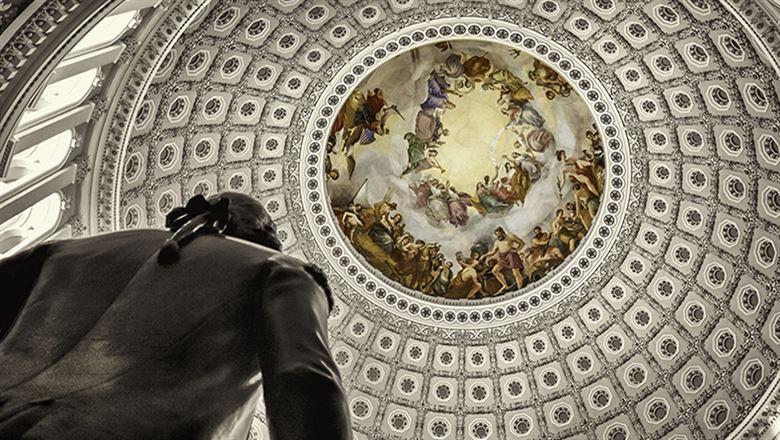Increasing the ROI of Your Capitol Hill Lobby Day

Planning legislative fly-ins can be a successful advocacy technique, but associations need to figure out how to keep their members involved in these events year after year. These five tips can boost your members' return on investment and keep them coming back.
Every year associations spend a lot of time, effort, and money to bring their members to Capitol Hill as a way to show off their industry, only to miss easy opportunities that heighten the experience and keep their members coming back. It's important that members think their time is being put to good use during DC fly-ins, so associations should maximize the trip's return on investment. After all, it isn't cheap to fly to DC and stay in a hotel, but taking these five steps will keep members involved long-term.
1. If a picture is worth a thousand words, bring your camera. A group photo in front of the U.S. Capitol or some other Washington, DC, landmark serves multiple purposes. First, it allows participants to show others in the industry that they attended the event. It can also be used in future publications to encourage others to participate, and people usually enjoy seeing pictures of themselves on your website or in newsletters or an annual report. If you aren't taking photos during your Hill Day or using them to promote the event, then you're missing out on striking visuals that engage your audience, recognize participants, and motivate others to join the effort next time.
2. Get nonparticipants involved. Every organization has members who are successful in their careers but always seem to have conflicts that prevent their fly-in participation. My organization, the Institute of Makers of Explosives (IME), recently grew its Lobby Day participation from 30 percent of member companies to 80 percent using these simple tactics. First, I identified non-participants I thought should be involved and sent them a personal invitation, informing them that I had key Members of Congress I needed them to meet. I promised three things: that I would train them for the meetings, that I would put them in a group with someone from IME who could answer difficult questions, and that they would have a good time. IME's training includes walking participants through a meeting so they know what to expect, reviewing the policy papers so they know what we want them to talk about and why, and giving them a folder with all the information so they have something to hold and use for notetaking. We then grouped the new participants with return visitors for meetings, so they wouldn't feel obligated to speak. As a result, our new participants had fun, met a Member of Congress or two, and promised to return.
3. Don't treat position papers like trade secrets. Don't surprise your members or the lawmakers you're meeting with. Send your position papers to both groups before the meetings so everyone is fully versed in the issues, allowing for an informed dialogue. More than once, IME members said that a meeting was more productive because everyone knew what they were talking about.
4. Remember that less is more. As a former staffer on Capitol Hill, let me clue you in on a secret: Members of Congress and their staffers don't read your leave-behind packet. They don't have time to read 10-page reports or dense issue-specific papers. The best packets have three to five one-page position papers, plus one or two more items that discuss the association's industry. Your members will appreciate a smaller packet too, because it's easier to memorize two issues versus five. Focus on your top two priorities for each meeting and discuss those issues in depth, covering the remaining issues in the leave-behind packet. A focused meeting will be more productive and lead to better discussions.
5. Make it special. The executive director of the National Council of Chain Restaurants, Rob Green, has 10 years of experience hosting fly-ins. His secret to success is creating a memorable membership experience during the event. Organizations can host private tours of the U.S. Capitol and visit local landmarks or schedule an informal group dinner or outing at a unique venue to facilitate networking. If your meeting location has a rooftop with a view, use it for session breaks. Consult with a meeting planner to get a few event ideas that will help participants bond as a group and make the official function one to remember.
Attending a two- to three-day meeting in DC can easily cost more than $1,000 per visitor, but these tactics can help ensure that your members keep coming back for more.

